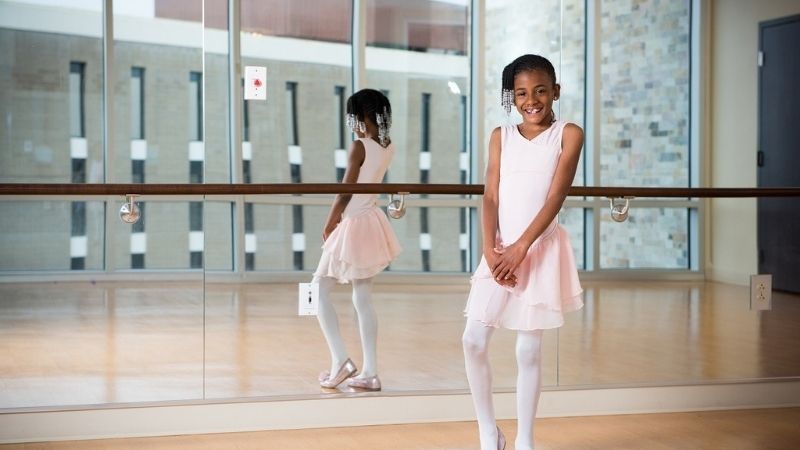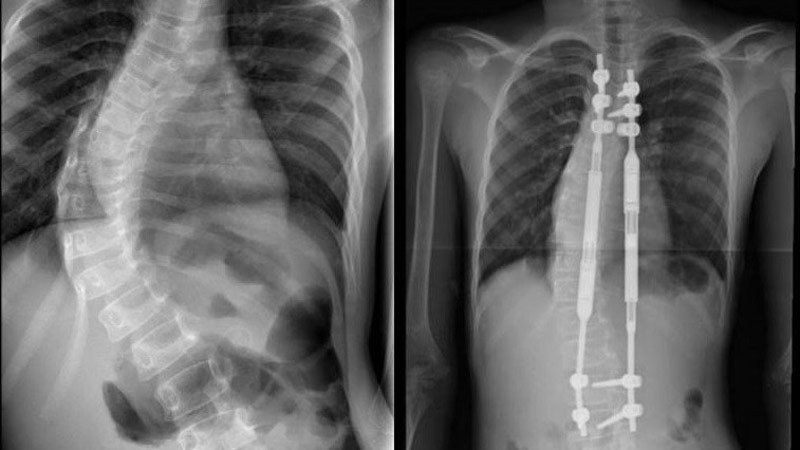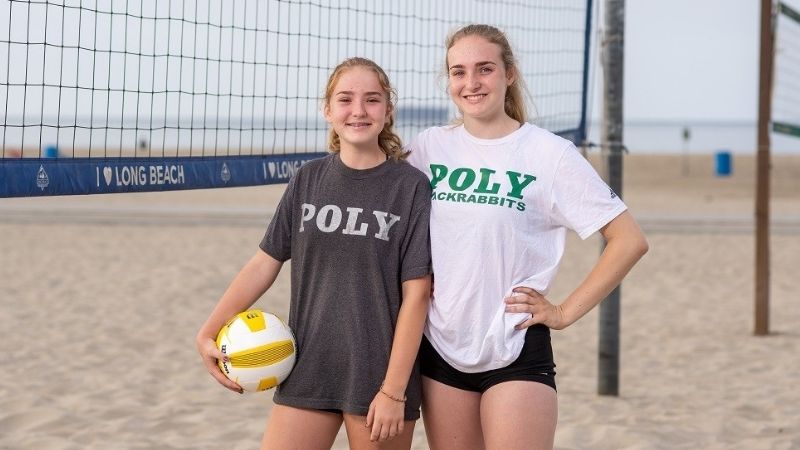What is Scoliosis?
Scoliosis is the most commonly treated spine deformity. There are four types of scoliosis:
- Idiopathic scoliosis is the most common type of scoliosis. The cause is unknown, but there is strong evidence that it’s inherited.
- Neuromuscular scoliosis results from abnormal muscles or nerves. It’s frequently seen in people with spina bifida or cerebral palsy.
- Degenerative scoliosis results from bone collapse due to an injury, illness, osteoporosis or previous back surgery.
- Congenital scoliosis is a type of birth defect that affects the development of the vertebrae. It may occur alongside other birth defects, such as heart or kidney abnormalities.
Adolescents with a spinal curvature of less than 20 degrees usually do not require extensive treatment and have very little chance that the curve will grow bigger. They do, however, need periodic check-ups and x-rays to make sure the curve does not get worse. When a child is still growing, some small curvatures can get worse. If the curve gets larger than 25 degrees, treatment for scoliosis will start.
Non-Surgical Scoliosis Treatment
If the spinal curve is 25 to 40 degrees and the child is still growing, a 24-hour brace is often worn. A brace is a hard plastic jacket, made especially for the individual child’s body, to push the spine to make it straighter. This is to stop the curve from getting worse until they stop growing. Bracing is an attempt to prevent further progression of the curve, but it will not reverse or cure scoliosis.
Scoliosis Surgical Treatment
Children who have spinal curves greater than 40 to 50 degrees are often considered for scoliosis surgery. Factors considered for recommending surgery include how mature the child’s bones are and the curve's rate of progression. While surgery will not perfectly straighten the spine, the goal is to make sure the curve does not get worse. Scoliosis surgeries are done in our state-of-the-art Surgical Center while children are under anesthesia.
To address the limitations of spinal bracing and fusion for treatment of severe scoliosis in young children, Miller Children’s offers a spinal implant surgery to stop the progression of scoliosis.
During the operation, “magnetic growing rods” are implanted in the spine. The rods are lengthened every several months using an external magnet to allow the spine to grow rather than requiring a surgery for each of these adjustments.
Follow-Up Care
After an operation, children will recover in the hospital for up to one week, usually in the Cherese Mari Laulhere Pediatric Intensive Care Unit. During this time, physical therapists assist them with walking until they are comfortable enough to walk on their own again. Some children may have to wear a cast or brace to help support the spine while it heals. There also are some activity restrictions for one to two years after the operation.



